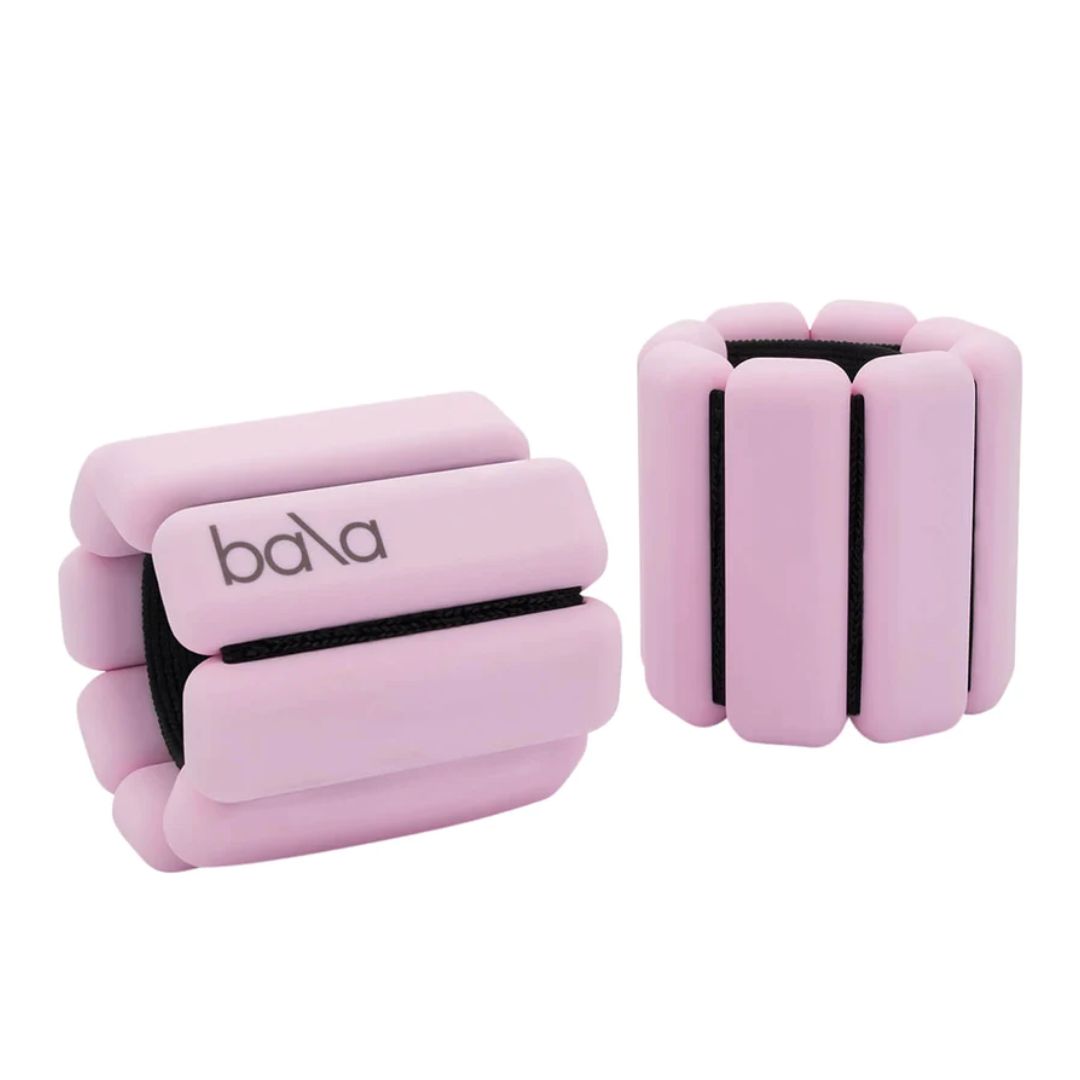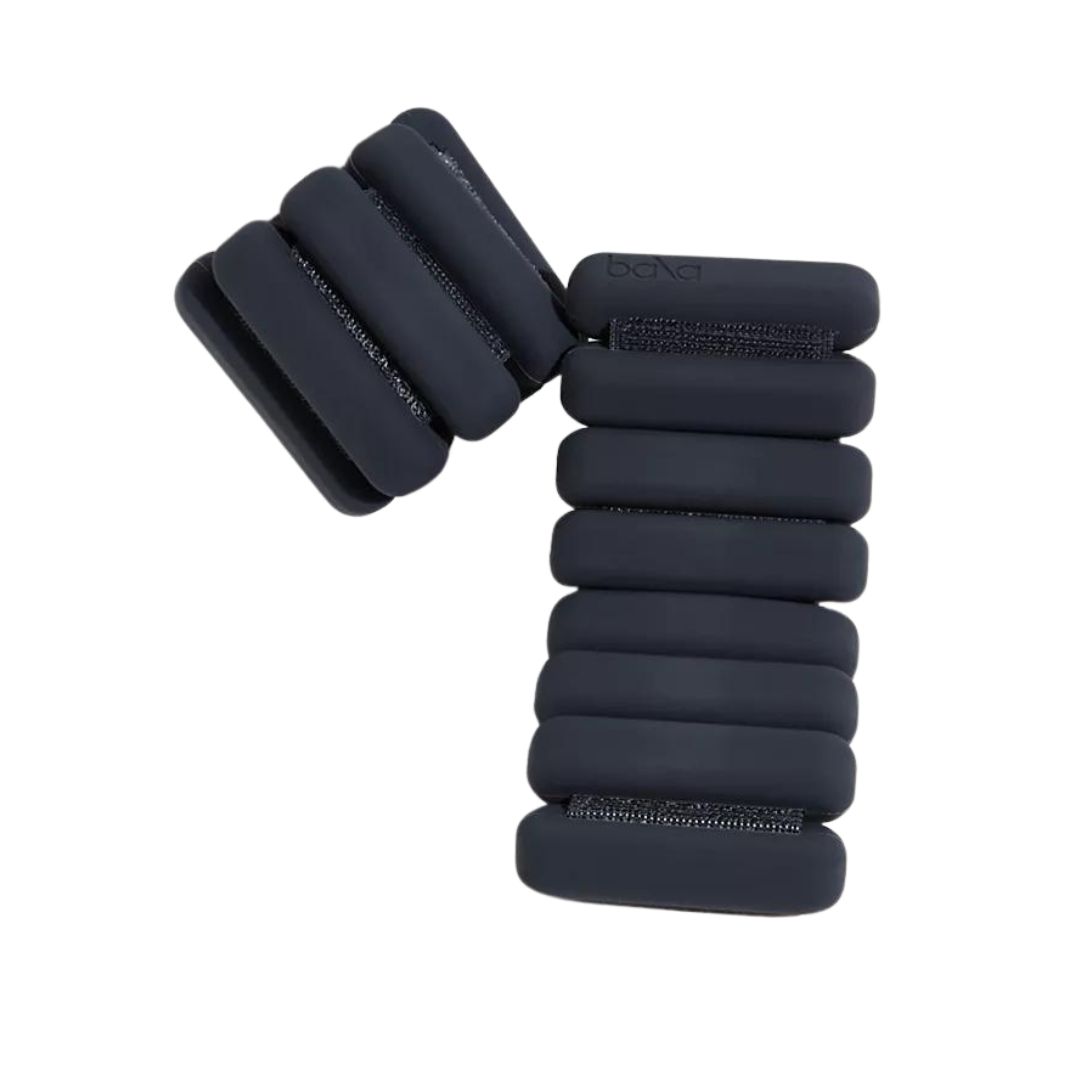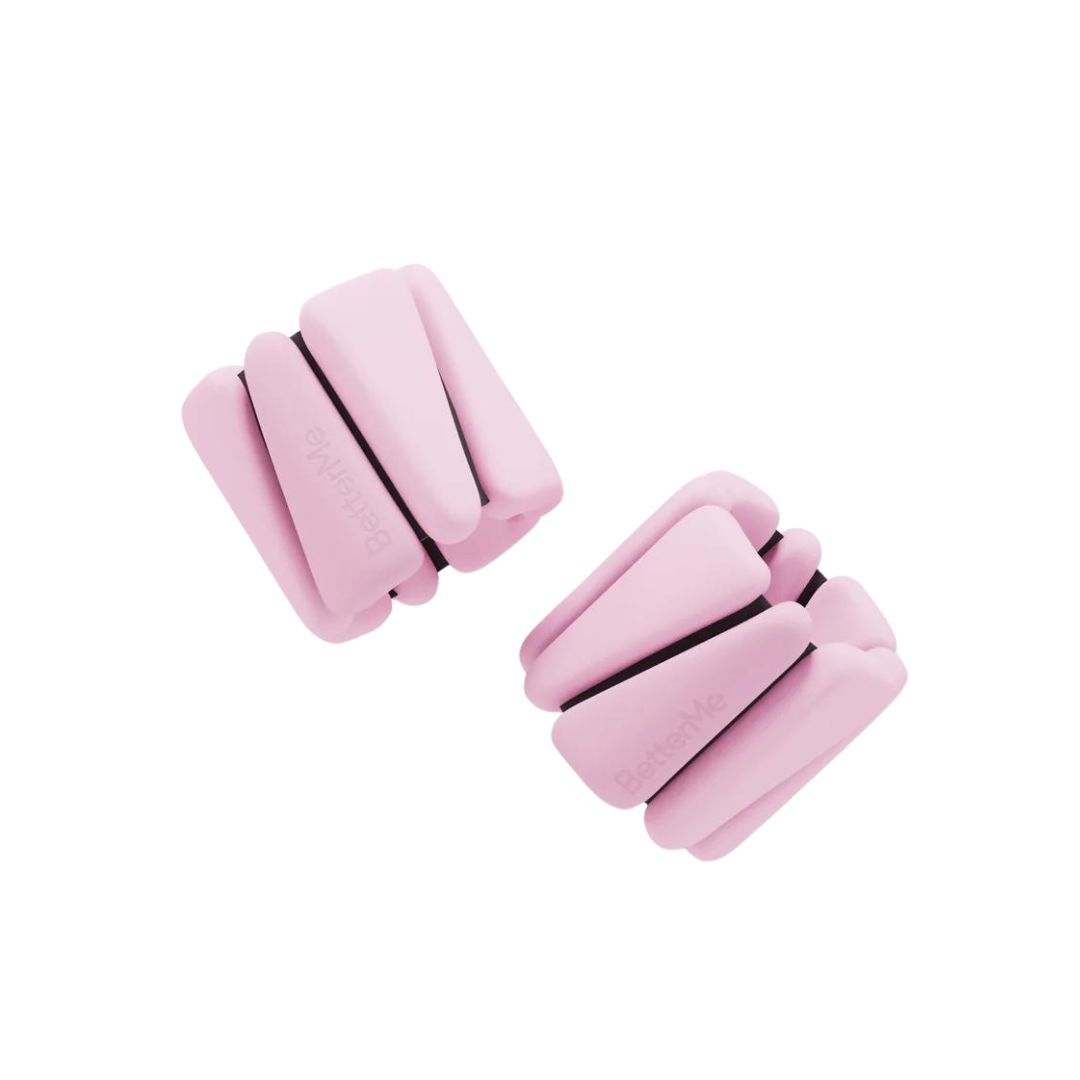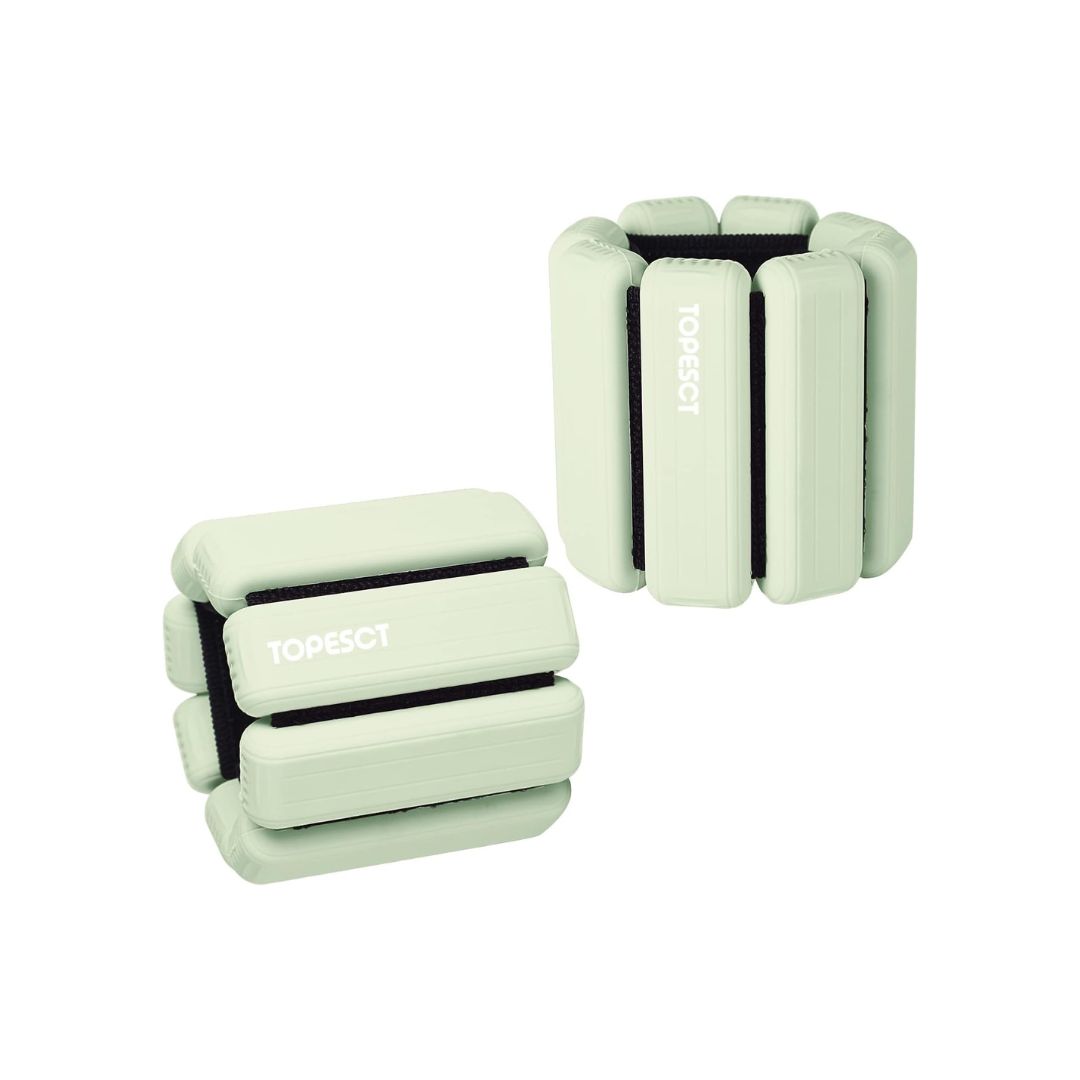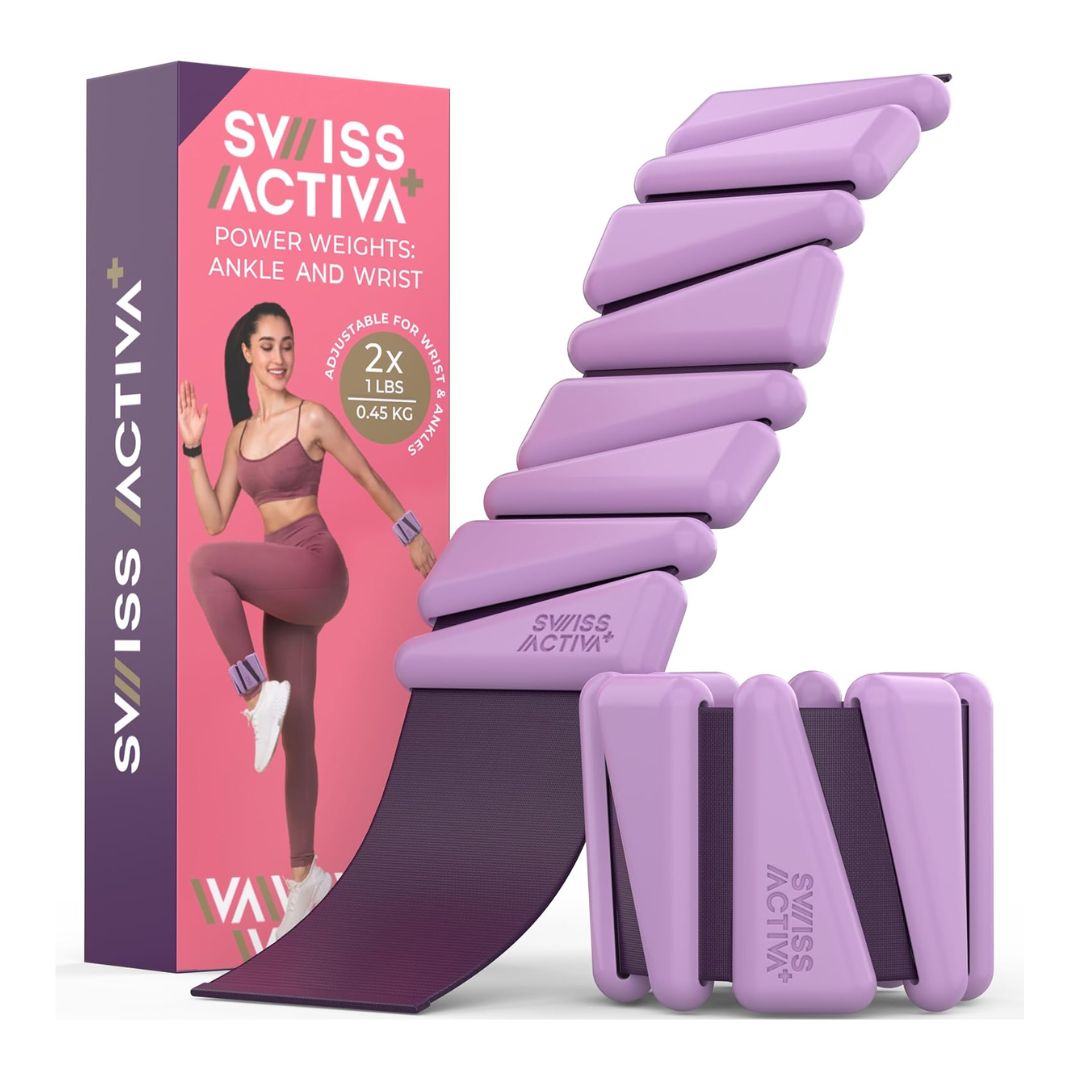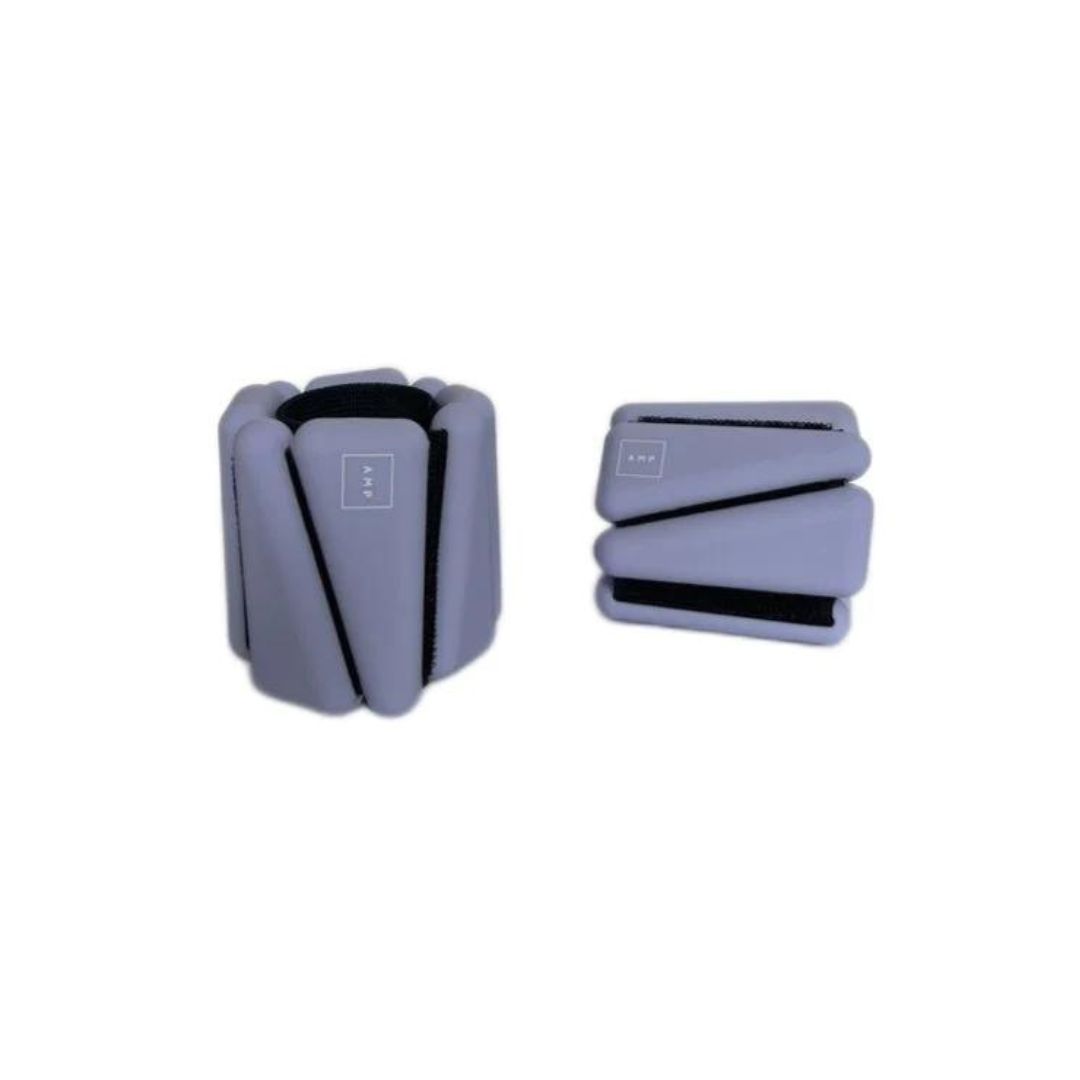Ankle weights are the hottest piece of workout kit this year – how they build strength from home
So, is it worth investing?


If you’ve seen them on the legs of your favourite celebrities, coaches and fitness influencers, you may be wondering about the benefits of ankle weights. Hailey Bieber, Lori Harvey, and Kendall Jenner are all reported to be fans, and according to our experts, for good reason - there are a fair few pros to incorporating ankle weights into your weekly workouts.
For the unacquainted, ankle weights are essentially weights - often small sandbags - which hug your ankles during physical activities or workouts. Similar to wrist weights, you’ll find them in various sizes and weights to accommodate different levels, and they tend to be adjustable, too.
As one MC UK staffer highlights in her ankle weights review, they’re nothing new – ankle weights have been used for decades in both clinical and fitness settings – but they are seriously effective and simple to use, which may explain why they’ve experienced an uptick in popularity of late. Personal trainer Aimee Victoria Long thinks this might have something to do with the global shift to home workouts. “During and after the pandemic, many people shifted towards home workouts and have been exploring different ways to make their workouts more efficient,” she explains. “Ankle weights provide a simple and convenient way to intensify lower body exercises without the need for bulky equipment.”
Fitness coach, ARVRA founder and ankle weights enthusiast Georgie Spurling agrees and adds that their increase in demand may also be down to a collective change in workout habits. “We've been seeing the return of Pilates exercises and 80s-style workouts this year, which go hand-in-hand with ankle weights,” she says. “As bodyweight, strength-based workouts build in popularity, ankle weights can provide an additional challenge.”
Some fitness coaches are more sceptical of ankle weights than others, but Spurling credits them with helping her build lower body and core strength. “I add them to my Pilates and barre workouts, and occasionally to yoga sessions, too,” she says.
Similarly, while more research certainly needs to be done, one study published in the Journal of Taibah University Medical Sciences found that those who worked out with ankle weights three times a week for 20 minutes or more "significantly improved" their waist circumference, body fat percentage and skeletal muscle percentage. Not bad.
Keen to read all about the benefits of ankle weights, plus what exactly makes them such an invaluable piece of fit kit? Keep scrolling. Don't miss our guides to Pilates for beginners, the best 30 minute Pilates workouts, and Reformer Pilates, while you're here.
Celebrity news, beauty, fashion advice, and fascinating features, delivered straight to your inbox!
Your guide to the benefits of ankle weights
How do you use ankle weights?
Ankle weights work by adding additional resistance to your lower body movements. “When you wear them during exercises such as walking, running, or even strength training exercises like lunges or leg lifts, they increase the workload on your leg muscles,” explains Long. “This added resistance helps to target and engage specific muscle groups more intensely, leading to increased strength and endurance over time.”
What are the benefits of using ankle weights?
1. They help to build lower body strength
There are thought to be several advantages to using ankle weights, explains Long. “Firstly, they can help in building lower body strength and muscle tone. By adding resistance to your leg movements, ankle weights increase the challenge for your muscles, leading to improved strength and definition over time," she shares.
Take this 2022 study, which concluded that wearing ankle weights can be an easy method for strengthening lower limbs in older people. Following a three-month trial where participants wore ankle weights while walking, results showed improvements in both lower limb and muscle strength.
2. They help to boost cardio endurance
“Ankle weights also help to improve cardiovascular endurance,” Long says. “When you wear them during activities like walking or jogging, your heart rate increases, allowing you to get a more effective cardiovascular workout.”
Not to mention research indicates that similarly to light resistance training with dumbbells, using ankle weights may decrease your risk of cardiovascular disease.
3. They can help to improve balance and stability
“Furthermore, ankle weights can aid in improving balance and stability,” Long says. “By adding weight to your ankles, your body needs to work harder to maintain balance, which can result in strengthened stabiliser muscles.”
4. They're accessible and cost-effective
There’s also the practicality element – ankle weights are compact, lightweight and often low-cost, so they’re accessible to many and can be used in a home or gym environment.
5. They're easy to use
Compared to other weights, like kettlebells and dumbbells, ankle weights are really simple to use. All you need to do is strap them on to your ankles or wrists and get moving.
Should I use ankle weights?
This will totally depend on your current fitness level, lifestyle, and goals. If you're a busy individual looking for a way to boost your home workouts, they'll likely be a great addition when used regularly and in sessions that challenge you and your body.
One important thing to note: they come in a range of weights, so it's important to opt for the weight that's best for you, your current fitness level, and the types of workouts you'll be using them for. If you'll be using them for daily walks, a lighter option (0.5-1lb) might be best suited. Pilates, on the other hand, lends itself well to slightly heavier weights (1lb-2lb).
As ever, do be mindful when incorporating new exercise styles into your routine, and make sure to chat with your GP or healthcare provider before using them if you tend to experience joint pain.
"I've worked out with ankle weights for months now - and I'll never look back"
Quincy Dash, 32, is a PR executive from London who started using ankle weights earlier this year - and hasn't looked back.
"I first started using ankle weights in February this year. I was keen to see if they'd improve my strength when incorporated into my weekly jump rope sessions, so started using them to intensify my cardio sessions."
"Eight months on and I've found them to be a simple yet effective way to intensify my workout from home, adding progression to my normal workouts. They've been an amazing tool, and since using them I feel both lighter and faster. My fitness has definitely improved, not only in my workouts but also in going about my normal day-to-day activities, such as climbing the stairs."
"I'll admit that they took a bit of getting used to at first. The extra weight tired me out and put extra strain on my calves. That said, as I've practised with them more and become accustomed to the added weight, I've found them to be a real gem."
"I highly recommend adding ankle weights to your workouts, if you're on the fence. I've found them to be an invaluable investment that's helped to tone and condition my body."
Shop MC UK's go-to ankle weights now
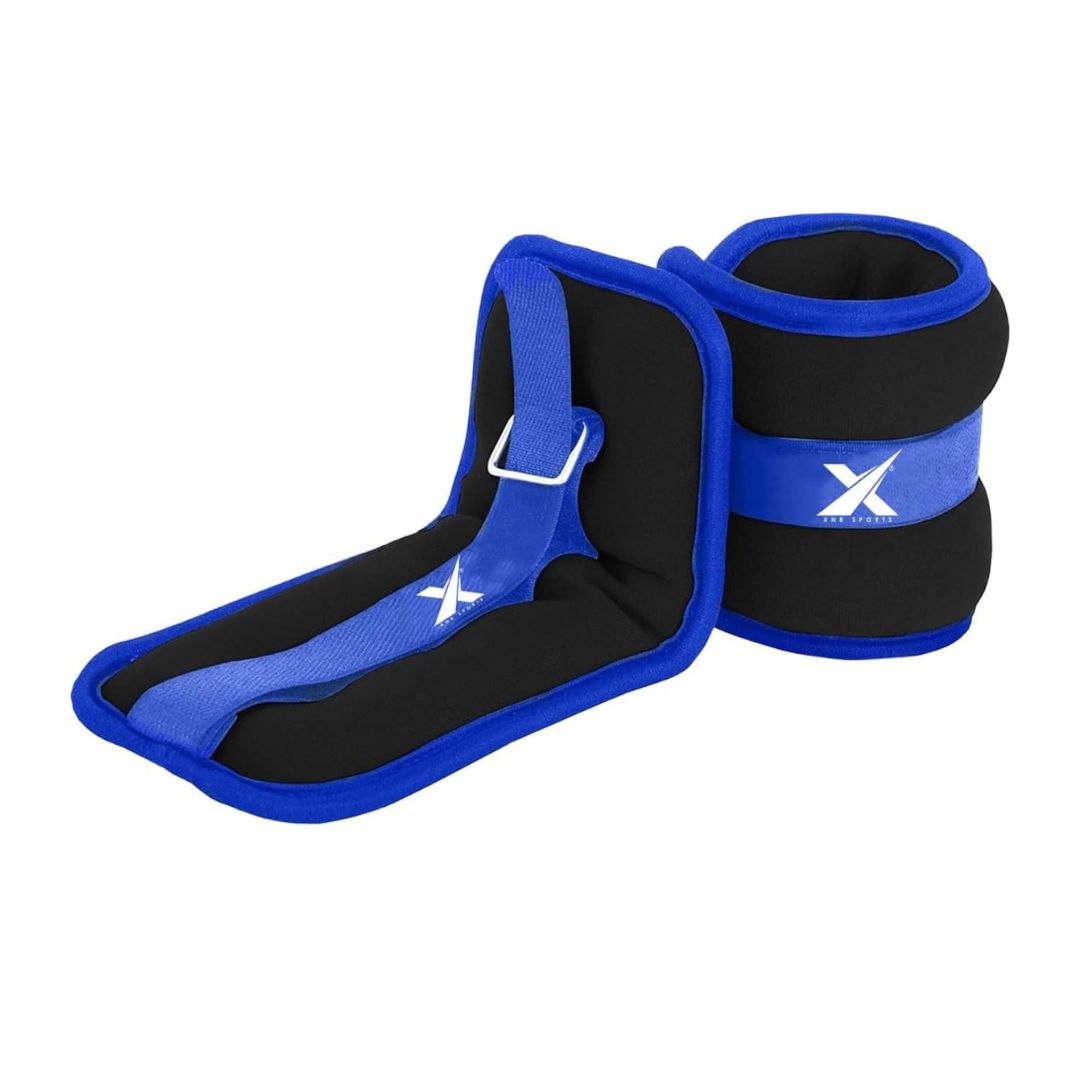
Another affordable option from Amazon are these Xn8 Neoprene ankle weights, available in a range of weights from 0.5kg to 3kg. Again, these are velcro and so easy to take on and off, plus are highly rated at an average of 4.3 star review with over 2,000 reviews. Oh, and the soft material means they'll be comfortable on your skin.
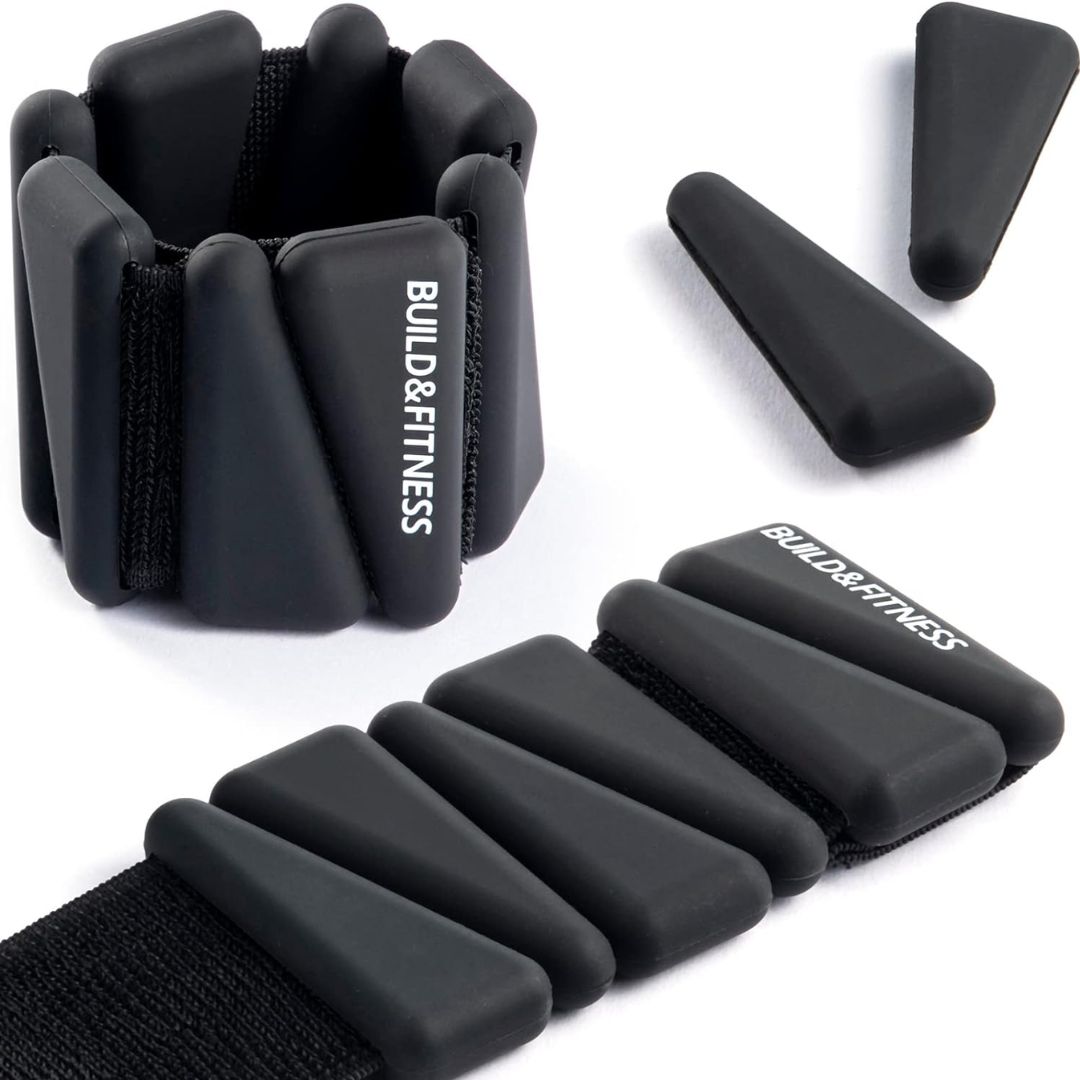
Not sure which ankle weight to opt for and keen to make sure you can progress your workouts as your fitness level increases? These Build & Fitness weights allow you to adjust the weight on each tool from 1lb to 2lb, meaning you can up the intensity whenever you please.
Do ankle weights help tone legs?
Short answer - they certainly can, if incorporated into a regular and tailored workout plan. As personal trainer Aimee Victoria Long explains, "they can help in building lower body strength and muscle tone by adding resistance to your leg movements."
By doing so, they "increase the challenge for your muscles, leading to improved strength and definition over time.”
While more in-depth research certainly needs to be done, this 2022 study, found that ankle weights to be an easy way for older people to strengthen their lower limbs.

Abbi Henderson is a freelance journalist and social media editor who covers health, fitness, women’s sport and lifestyle for titles including Women's Health and Stylist, among others.
With a desire to help make healthcare, exercise and sport more accessible to women, she writes about everything from the realities of seeking medical support as a woman to those of being a female athlete fighting for equality.
When she’s not working, she’s drinking tea, going on seaside walks, lifting weights, watching football, and probably cooking something pasta-based.
